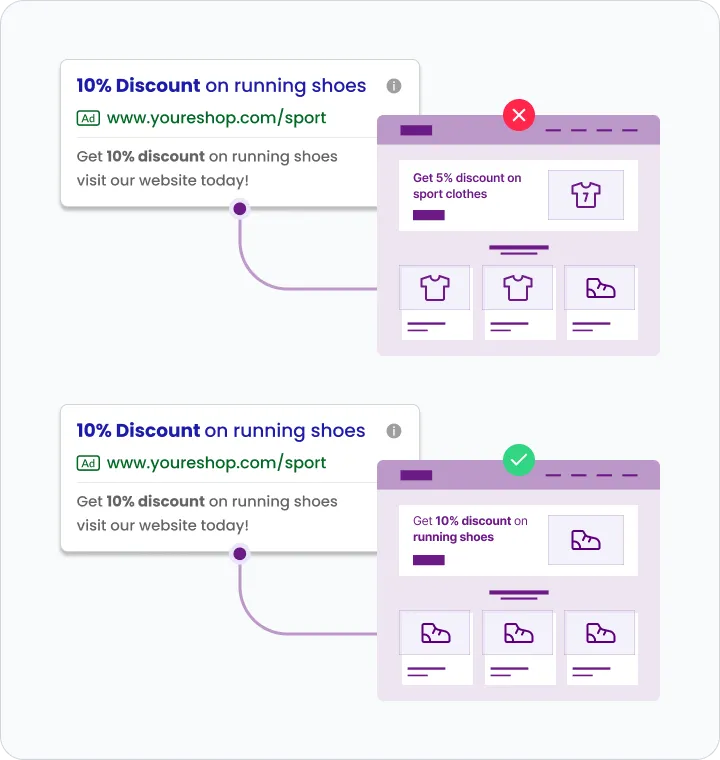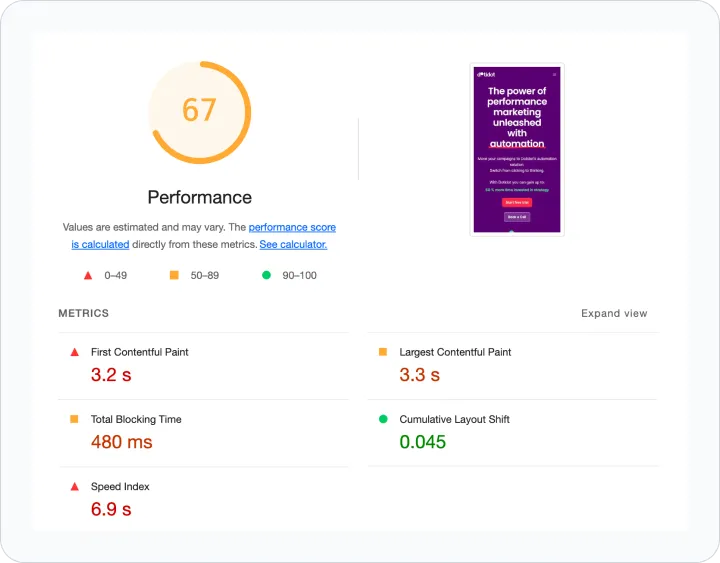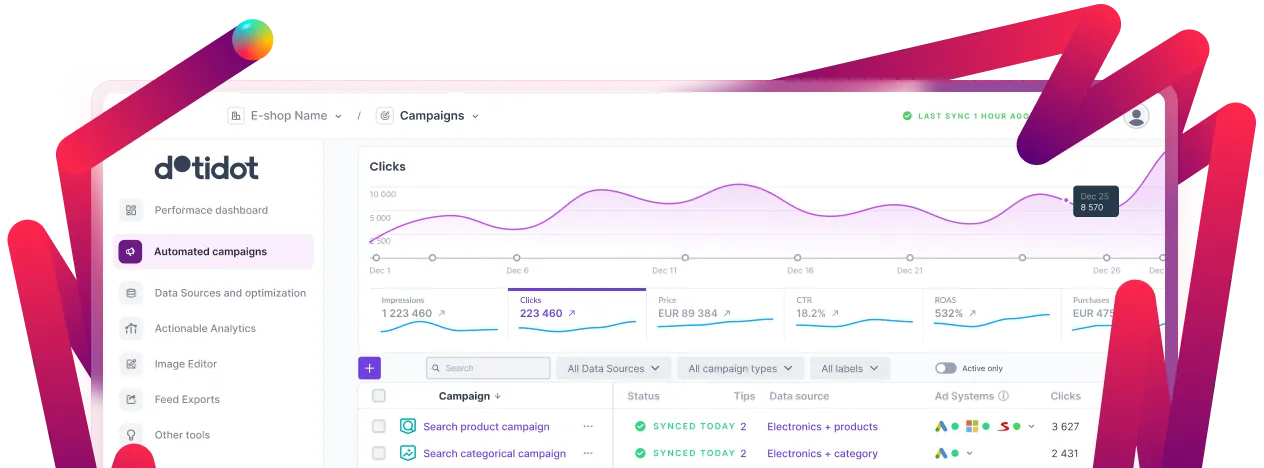Book a call with us







Creating a successful landing page involves understanding your audience and strategically crafting each element of the page to guide visitors towards taking the desired action. Even the most effective and automated ppc campaign needs a well designed destination page. Here's a detailed breakdown of the seven essential steps and elements for a high-converting PPC landing page:
Knowing your target audience is the bedrock of any successful marketing campaign. Without understanding who you're talking to, your message risks being misunderstood or, worse, ignored altogether. The first step in creating a high-converting PPC landing page is identifying and understanding your audience.
Research is key in defining your audience. Dig deep into analytics and user data, social media insights, or even direct user surveys. Extract vital demographic and behavioral data, such as age, location, job roles, interests, and digital habits. This information will help you tailor your messaging and visuals to resonate with your audience effectively. Simple as that, synchronize the content of your landing page with the content of your Responsive Search Ads or other campaign types.

TIP: Do you target multiple audiences? Don't be afraid to create multiple landing pages for the same service or product to increase its impact.
The right headline holds the power to make or break your PPC landing page. As the first thing users see, it sets the tone for the rest of your content.
Your headline should:
TIP: We strongly suggest keeping headlines under 70 characters to ensure they don’t get cut off in search engine results. An effective headline grabs attention and piques interest, making visitors want to learn more.
Think like the user. Try to answer these questions to yourself:
The conclusion is quite easy. You need to create a page that is simple and easy to navigate. It should contain attractive visuals and have a clear pathway from headline to the CTA.
Just remember, this is not like writing a branding ad. You don't necessarily need to be funny or craft the most creative copy. Instead, these should be your main goals:
TIP: Grab your audience's attention fast. People typically only focus for 8-10 seconds, so make sure the first words they see are engaging and draw them in deeper.
Social proof is a powerful tool to reinforce your message. It involves showing testimonials, reviews, case studies and ratings from satisfied customers to build credibility and trust. Trust signals can also include client logos, awards, certifications, or ratings.
Highlight a few of your best testimonials—whether written or video—and provide a link to additional reviews for those interested in more feedback. Collecting and showcasing positive customer feedback enhances your credibility and addresses potential doubts and objections, making it easier for visitors to trust your brand and product.
The climax of your PPC landing page, the CTA, prompts the user towards the action you want them to take. An effective CTA should:
CTAs should be placed above the fold to maximize conversions and repeated throughout the page to keep visitors focused on the desired action. The better your CTA, the higher your chances of conversion.
A/B testing is a fundamental tool in your digital marketing arsenal, allowing for a scientific and data-driven approach to decision-making. A/B testing involves:

A single change, no matter how minute, like altering your headline or tweaking the call-to-action, can potentially result in significant improvements. By continuously testing and optimizing your landing page, you can identify what works best for your audience and achieve the best results.
In 2021, more than 63% of Google searches were done on mobile devices, and this number is still growing. This is why you should care more about how your page looks on mobile rather than desktop. This is especially important if your customers don’t need many days to decide to buy your product.
Make sure your landing pages are mobile-responsive. This means users on smartphones and tablets can easily look through the page and do what they need to do. Here are some tips to help you:
SEO (Search Engine Optimization) is just as important for PPC (Pay-Per-Click) landing pages as it is for regular search results. SEO helps PPC campaigns by enhancing the quality of your ads and enhancing the overall user experience, resulting in higher conversion rates. To make your PPC landing page more search engine-friendly, follow these steps:

Pay close attention to the user experience of your landing page, as it greatly impacts engagement metrics that Google takes into account. A well-optimized landing page reduces bounce rates, increases the time users spend on your page, and significantly improves conversion rates, ultimately maximizing your return on investment (ROI).
And sorry to include steps into step :))
A great PPC landing page integrates these elements to create a seamless and persuasive user experience. By understanding your audience, crafting compelling headlines, designing intuitive layouts, writing persuasive copy, incorporating strong CTAs, providing social proof, using A/B testing, and optimizing for SEO, you can create a landing page that not only attracts clicks but also drives meaningful actions and results for your business. Continuous testing and optimization ensure that your landing page remains effective and responsive to your audience's needs.
